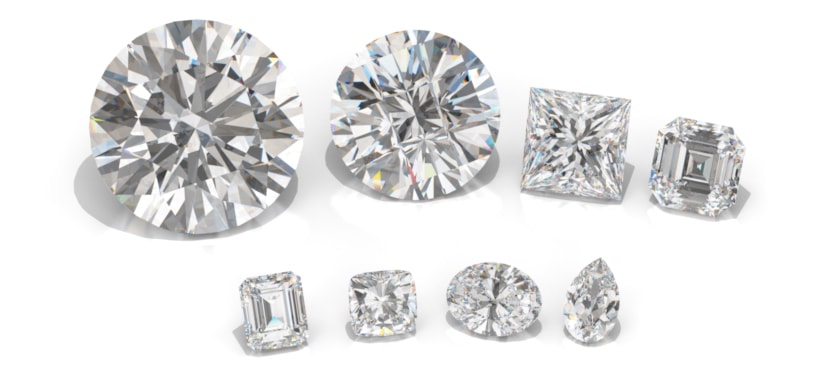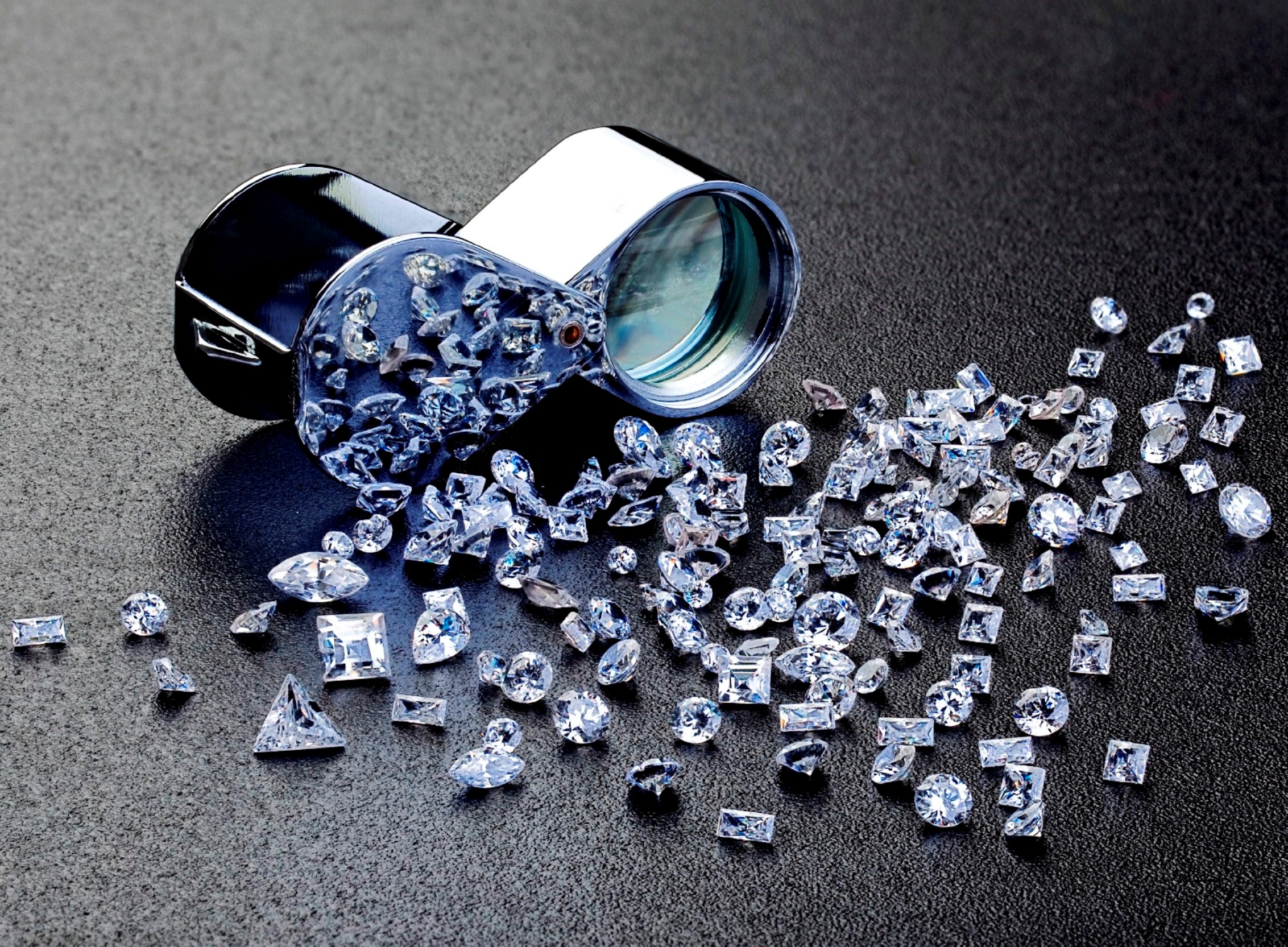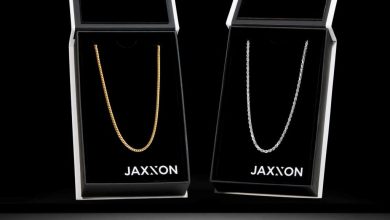How To Buy Diamonds?

This wonderful world gives us that routine actions such as separating lots of diamonds becomes an art.
Sifting, measuring, selecting by color, purity or size the diamonds has become a job that is no longer done in jewelries. At present the jewelries request on demand the diamonds that they need with the budget that has the client and the qualities that are desired.
But what’s behind it? What do experts look for when selecting diamonds for a client? What do you have to know to buy diamonds?
When they ask me for any type of gem, jewel or design, the two questions I ask are …
– What budget do you have?
– What do you want it for?
By answering them you can begin to develop the requirements of the jewel to be made.
1. What budget do you have?
Marking a minimum and maximum budget will determine the starting point of the search.
Delimiting, for example, even if you want a 1ct diamond with less than $3000 you will not be able to do anything.
2. What do I want or why do I want it?
This question will sound strange, but it is important to know what is the purpose of buying the stone since, if we want an investment diamond the qualities should be maximum and we should look for stones of determined weights: 0.50ct, 1ct …
If, on the other hand, I want a diamond to mount it in a ring it is important to leave a part of the budget for the ring of the ring. With 300-400 dollars, normally it will be enough.
3. Basic notions
You will have heard about the 4 “Cs” although, currently, we often talk about the 5 “Cs”.
- Color (Color)
- Purity (Clarity)
- Size (Cut)
- Weight (Carat)
- Certificate (Certificate)
We will give some basic notions of these characteristics:
COLOR
The color scale begins with the letter D and extends to Z.
When selecting a diamond to mount on a ring or on some earrings, we must request a good commercial quality from the jewelry. Among these, the ones we normally use are:
G H I
If I, personally, have to choose, I will choose a G (Extra White), but the H (white) is the most used in the market.
The color I already determined it as “light color” but you can play with the colors of the metal to distract the optical effect.
PURITY
The scale:
LC VVS1 VVS2 VS1 VS2 SI1 SI2 P1 P2 P3
If our purpose is investment diamonds, we should not lower our choice of VVS.
Commercially, what we find on the street, in medium-high jewelry are: VS to YES.
My personal recommendation will always be to choose VS but there are stones classified as “Small Inclusion” (SI) that depend on the place where those inclusions are, or may not be, good purchase.
SIZE
The size, many times, is something that goes unnoticed in many stores when it comes to explaining a diamond.
The diamond is carved giving: bright, baguette, cushion, …
The brilliant size is the only one that can be used alone, understanding itself. But we must not confuse it since the brilliant one is the carving and the diamond the gem.
In addition, the proportions of a diamond can be decisive at the time of the passage of light by the bright, since if we have a stock too deep or LAX (low) lose brightness in the gem.
WEIGHT
Tricks to find a diamond at the best price: looking for a stone of 0.50ct can be an impossible mission and given that the prices of diamonds are given in “euro per carat”, in addition to the second price jump is found In stones of 0.50ct, it will be preferable to look for a stone of 0.47-0.48 or 0.49 CT before a stone of just half a carat or higher.
There are price jumps in pesos most in demand for that, having a professional who advises you, can save you hundreds and thousands of euros.
CERTIFICATE
We currently recommend that stones with a weight over 0.50ct be certified by an expert or specialized laboratory.
4. Determine priorities
Determine if we are going to give priority to weight or quality is usually one of the most important conflicts when buying diamonds.
Quantity or quality? The advice in this point is essential since we can download a little bit of quality in case the inclusions are out of the table. And, normally, it will be valued to have better color before greater purity.
5. The appraisal
As a final point, my personal recommendation is that whenever we buy jewelry we must request, at least, a study of the jewel that we take, specifying weights and qualities of the pieces. It is also advisable, for insurers, that the price of the item comes so that, in case of theft, the insurance covers the amount of the piece.





